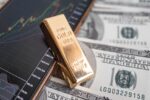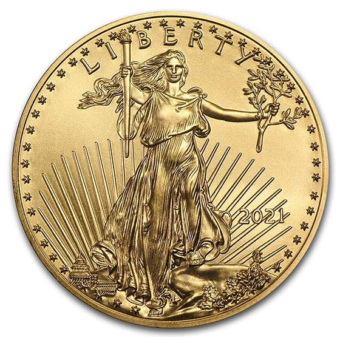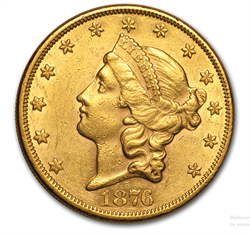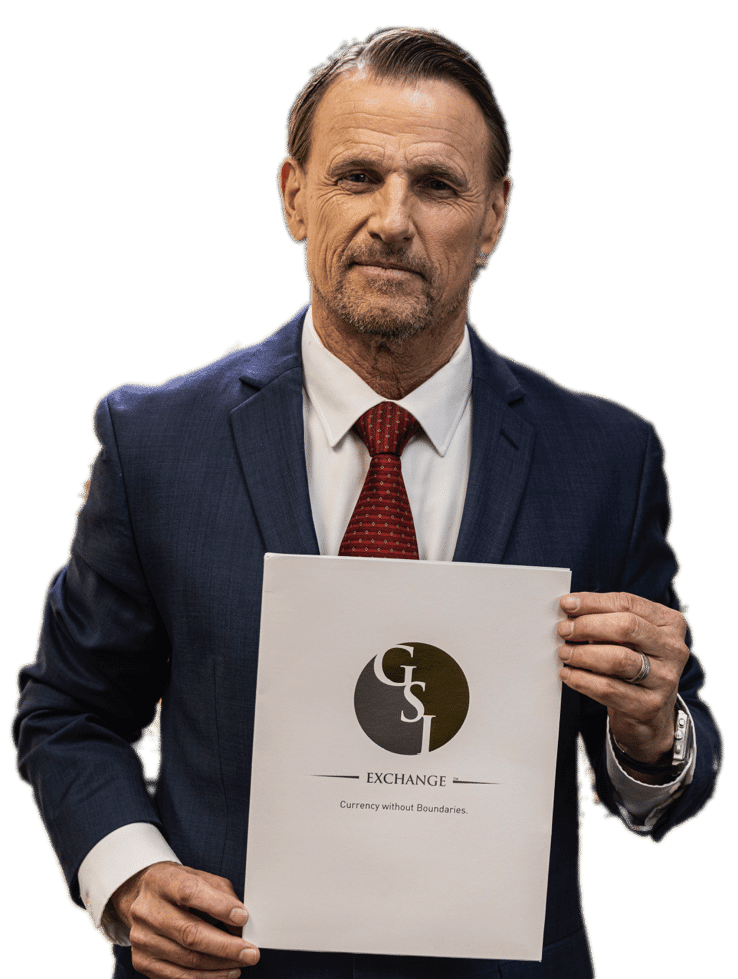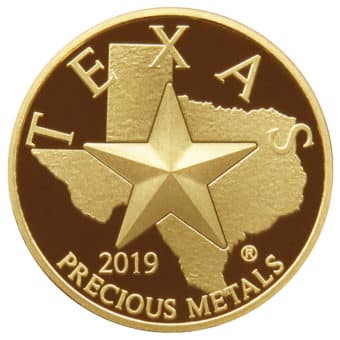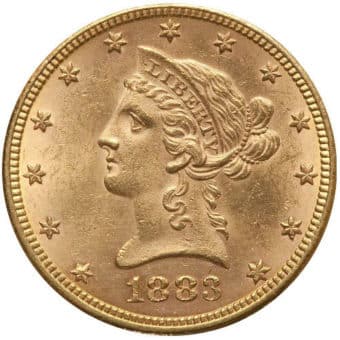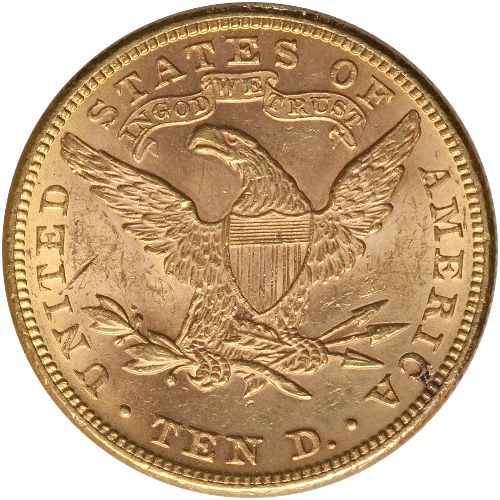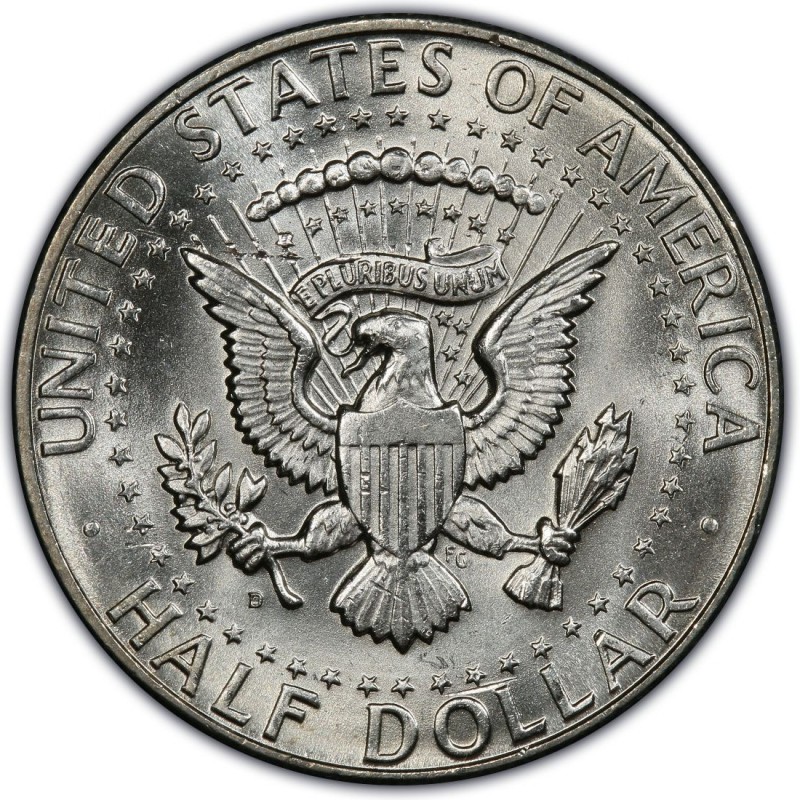The Gold Trail: A Daily Journey Through the Week's Market
Monday - 10.02.23: Gold rebounded from its low of $1864 yesterday, trading up to $1875.39, an increase of $10.16, while silver also rose to $23.42, gaining 79 cents. Treasury yields temporarily halted their swift decline. Meanwhile, Rep. Matt Gaetz (R-FL) drew attention with a statement on the House floor, commenting on the rapid devaluation of American money. He cited the recent indictment of Sen. Bob Menendez (D-NJ) on corruption and bribery charges, emphasizing the discovery of gold bars amidst the allegations.
Tuesday - 10.03.23: On Tuesday, gold and silver prices dropped further, with December gold futures reaching a 10-month low and December silver touching a 6.5-month low. This decline was driven by a robust U.S. dollar and U.S. Treasury yields soaring to 16-year highs. The market was grappling with the extended U.S. interest rate situation, as the benchmark 10-year Treasury note yield hit its peak since 2007.
Wednesday -10.04.23: Gold and silver prices hovered close to their multi-month lows from earlier in the week. While enthusiasts of precious metals tried to stabilize the fall, their efforts were cautious due to the continued strength of the U.S. dollar and U.S. Treasury yields reaching 16-year peaks. December gold decreased by $0.80, settling at $1,840.70, while December silver declined by $0.002 to $21.375.
Thursday - 10.05.23: Gold and silver prices remained relatively stable as traders awaited Friday's U.S. employment report. The anticipation centered around the September employment situation report from the Labor Department. Due to the unexpected low numbers in Wednesday's ADP jobs report, many speculated that Friday's crucial jobs report would also underperform. A potential decline in the U.S. economy could dampen the rise in bond yields.
Friday- 10.06.23: Gold traded lower at $1815.62 amidst alarming US debt trends, recently surpassing $33 trillion. The rapid debt growth, exacerbated by the Fiscal Responsibility Act of 2023 eliminating the debt ceiling until 2025, projects a potential $40 trillion debt by year-end 2025. This financial instability bolsters gold's appeal as a stable asset, safeguarding investors against wealth erosion inherent in fluctuating fiat currencies and fiscal crises.
U.S. Teeters on Economic Precipice: Echoes of the Great Depression?
As the U.S. government continues to laud the benefits of the "Bidenomics" strategy, emerging economic data is painting a grim picture for the near future. Despite efforts to stimulate the economy during the COVID-19 pandemic, certain economic indicators—especially one reminiscent of the Great Depression era—are signaling potential disaster. The infusion of massive government spending and the Federal Reserve's decision to maintain historically low interest rates have led to soaring inflation rates, with prices on consumer goods skyrocketing. Moreover, while inflation has caused prices to rise, the M2 money supply (encompassing cash, checkable deposits, and bank savings) has alarmingly decreased, a situation not seen since the 1930s. However, unlike the Great Depression, where a reduced money supply correlated with decreased prices, today's scenario witnesses increasing prices amidst a shrinking money supply—a combination never observed before. Consequently, American families are depleting savings and incurring more debt to afford basic necessities. With household savings dropping and credit card debt exceeding $1 trillion, urgent calls for spending cuts and fiscal responsibility are echoing across the nation. Without swift corrective action, the U.S. could be on the brink of another profound economic downturn.
Gold Prices Dip Following Strong U.S. Employment Report
Gold prices experienced a modest drop following the release of September's U.S. employment report, which showcased a notably stronger-than-anticipated growth in non-farm payrolls. This indicates that the Federal Reserve may persist with its hawkish approach to the U.S. monetary policy. December gold declined to a 10-month low, settling at a decrease of $5.40, resulting in a value of $1,825.90. Meanwhile, December silver saw a marginal rise, standing at $21.00. The Labor Department's data revealed that non-farm payrolls increased by 336,000, surpassing the expected growth of 170,000. However, the overall unemployment rate remained at 3.8%, against the anticipated 3.7%. This strong jobs data reinforced the Federal Reserve's narrative of potentially prolonged high interest rates. In other market trends, the U.S. dollar index surged post the jobs report, while Nymex crude oil prices dwindled to around $81.50 a barrel. In technical analysis, gold is currently on a declining trajectory, while silver also exhibits a similar downward trend.
Soaring Borrowing Costs and the Looming Economic Impact
The rapid rise of the 10-year Treasury yield, a paramount figure in finance, has captured Wall Street's attention, reaching 4.88%, a rate not observed since the brink of the 2008 financial crisis. This spike in borrowing costs overshadows prior predictions and has sparked concerns about the potential for a recession, alongside apprehensions related to housing, banking, and the fiscal sustainability of the U.S. government. Several factors are being cited for this upsurge, from signs of economic robustness to political instability and concerns about the growing U.S. deficit. As the yield is integral to determining borrowing costs for a multitude of sectors, its ripple effect could cause hardships for the average American. This can manifest in reduced spending or even job losses, as credit conditions tighten. On a broader scale, companies, especially in the retail sector, might face steeper borrowing costs, potentially pushing real estate sectors closer to default. The surge poses additional strain on banks with devalued bonds and casts a shadow of uncertainty about a looming debt crisis in the U.S.
Central Banks Boost Gold Reserves Amid Consistent Demand
In August, central banks globally continued their trend of bolstering gold reserves, marking the third consecutive month of such accumulation. A notable 77 tonnes (t) of gold was added to global official reserves, representing a 38% increase from the previous month. This three-month surge, amounting to 219t, overshadowed the net sales witnessed in April and May, which totaled 96t. This reversal signifies a resilient long-term trend in central bank demand for gold. Leading the charge was the People’s Bank of China with a 29t addition, resulting in year-to-date purchases totaling 155t. Poland's National Bank followed suit, adding 18t, inching closer to its annual target of 100t. Meanwhile, the Central Bank of Turkey procured 15t, reestablishing its reserves after significant sales earlier in the year. Other notable buyers included the Central Bank of Uzbekistan, the Reserve Bank of India, the Czech National Bank, Singapore, the National Bank of the Kyrgyz Republic, and the Central Bank of Russia. However, it's worth noting unconfirmed reports suggesting that the Central Bank of Bolivia might have monetized a significant portion of its gold reserves. Despite some sales earlier in 2023, the consistent pace of central bank gold acquisition hints at another robust annual total. A comprehensive report covering Q3 and year-to-date demand will be released at October's end.
Gold's Buffer Against Booming Prices: A Tale of Beer and iPhones
The global economy is grappling with soaring inflation, and its effects were notably evident during Europe's Oktoberfest celebrations. Nonetheless, the latest gold/beer ratio from investment firm Incrementum AG indicates that gold enthusiasts have been largely shielded from these price surges. The report showcased that an ounce of gold could purchase 119 one-liter beer mugs this year, just one less than the previous year. In stark contrast, beer prices in euros soared by 8% to a record €14 during Oktoberfest. Compared to pre-COVID prices, Oktoberfest beer has seen a 26% increase, but in gold terms, it has actually decreased. Furthermore, beer drinkers not using gold found their mugs shrunken, receiving only 0.75 liters instead of the traditional one liter. In a similar vein, the gold/iPhone ratio shows gold holding its value against the Apple product. While the iPhone 15 Pro with 1TB of storage is now priced at 0.78 ounces of gold (10% less than last year), its U.S. dollar cost has dramatically risen from $599 in 2007 to $1,499 today, marking a 150% price hike.
Central Banks Bolster Gold Market Amidst Surging Bond Yields
In the face of rising bond yields and a strengthened U.S. dollar, central bank demand remains a dominant force in the gold market, providing crucial support. The World Gold Council highlighted that in August alone, central banks purchased 77 tonnes of gold, marking a 38% rise from July's figures. China and Poland led the buying spree, with China acquiring 29 tonnes in August, pushing its total reserves to 2,165 tonnes, while Poland bought 18 tonnes. Despite gold prices feeling the pressure from 16-year high bond yields, experts believe that robust central bank demand, coupled with nations looking to diversify from the U.S. dollar, sustains the precious metal's market value.
U.S. on Edge: BRICS' Shift from Dollar Could Ripple Through Key Sectors
The recent BRICS summit concluded with the decision to include six new nations, including major oil producers like Saudi Arabia, UAE, Egypt, Iran, and Ethiopia, along with Argentina. United by their collective aversion to the U.S. dollar, these nations plan to reduce their reliance on it by promoting their own currencies for cross-border trade. Such a move could potentially threaten ten key U.S. sectors: Global Financial System, Banking and Finance, Energy and Commodity Markets, International Trade and Investment, Capital Markets, Consumer Goods and Retail, Production and Consumption, Technology and Fintech, Government and Policy, and Travel and Tourism. Given their interconnected nature, any disruption could trigger a cascading impact across the U.S. economy, potentially leading to soaring commodity prices or even hyperinflation.
Optimism for Gold: A 2024 Resurgence Predicted by ING
Despite gold prices being near their lowest since March, impacted by the Federal Reserve's "higher-for-longer” monetary policy, ING remains hopeful for a potential rally in the coming years. Ewa Manthey, a commodities strategist at ING, highlights that gold prices have seen an 11% drop from their peak in May due to the Fed's hawkish perspective, pushing bond yields to a 16-year high. However, ING's forecast suggests that, even though short-term challenges persist, by 2024 gold prices could climb again. This optimism stems from an anticipation of the Federal Reserve cutting rates, driven by various economic factors, including decreased disposable income, looming student loan repayments, and the exhaustion of pandemic-era savings among households.
Next Week’s Key Events
Monday, October 9: Columbus Day Holiday
There are no economic reports scheduled due to the observance of Columbus Day, a federal holiday in the United States.
Tuesday, October 10:
- 6:00 am: NFIB Optimism Index for September
Wednesday, October 11:
- 8:30 am: Producer Price Index for September
- 2:00 pm: Release of the minutes from the Federal Reserve's September FOMC (Federal Open Market Committee) meeting
Thursday, October 12:
- 8:30 am: Initial Jobless Claims for the week ending on October 7
- 8:30 am: Consumer Price Index for September
Friday, October 13:
- 10:00 am: Consumer Sentiment Index for October
HOW THESE REPORTS MIGHT IMPACT THE GOLD AND SILVER MARKETS
NFIB Optimism Index (October 10): The NFIB Optimism Index measures the confidence and sentiment of small business owners. A higher index often suggests increased optimism about the economy, which can be seen as positive for the stock market and the U.S. dollar. If the index is particularly strong, it might lead to decreased demand for safe-haven assets like gold and silver, potentially causing their prices to decline.
Producer Price Index (October 11): The Producer Price Index tracks changes in the prices received by domestic producers for their goods and services. A significant increase in producer prices could be an early sign of inflationary pressures, which might boost demand for precious metals like gold and silver as hedges against inflation.
Minutes of Fed's September FOMC Meeting (October 11): The release of FOMC meeting minutes provides insights into the Federal Reserve's stance on monetary policy. If the minutes suggest a more dovish or accommodative stance, it could weaken the U.S. dollar, potentially benefiting gold and silver prices.
Initial Jobless Claims and Consumer Price Index (October 12): These reports provide key insights into the labor market and inflation. A surge in jobless claims may raise concerns about economic stability, potentially driving investors toward safe-haven assets like gold and silver. Similarly, a higher-than-expected Consumer Price Index, indicating inflation, could boost precious metal demand.
Consumer Sentiment (October 13): Consumer sentiment reflects the overall confidence of consumers in the economy. Strong consumer sentiment can indicate economic growth and could lead to increased demand for riskier assets, potentially putting downward pressure on gold and silver prices.




